Organisation
InterForce’s chairmanship consists of a civilian and a military chairman.
The civilian chairman is typically a former Minister of Defence. The military chairman is always the Chief of Defence, who is the highest-ranking officer in the Danish Armed Forces.
InterForce’s current civilian chairman is former Speaker of the Danish Parliament, former minister, and former defence spokesperson for the Social Democrats, Henrik Dam Kristensen (A). Our military chairman is the Chief of Defence, General Michael Hyldgaard.
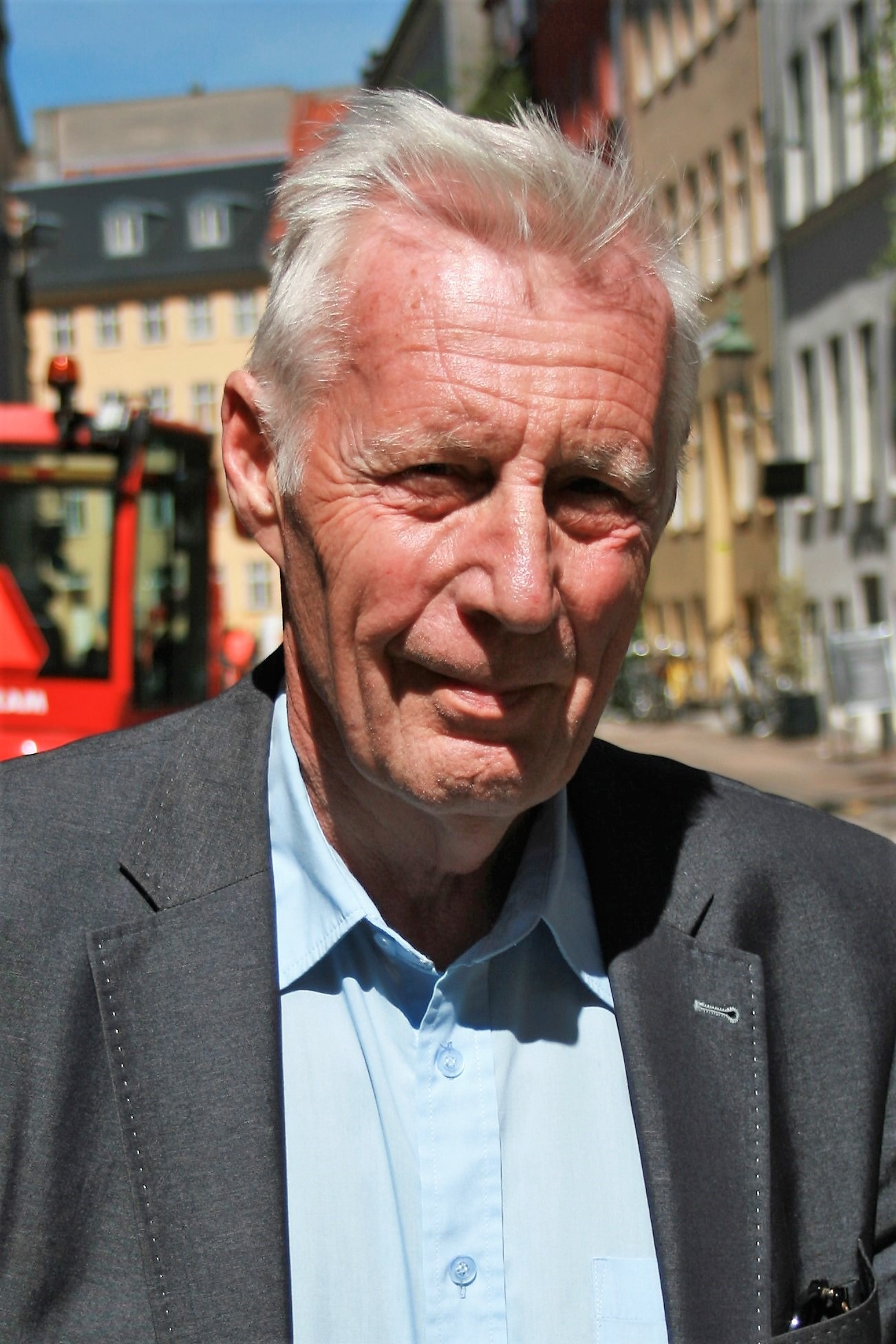
Henrik Dam Kristensen
Former Speaker of the Danish Parliament, Former Minister
Chairman of the InterForce Committee
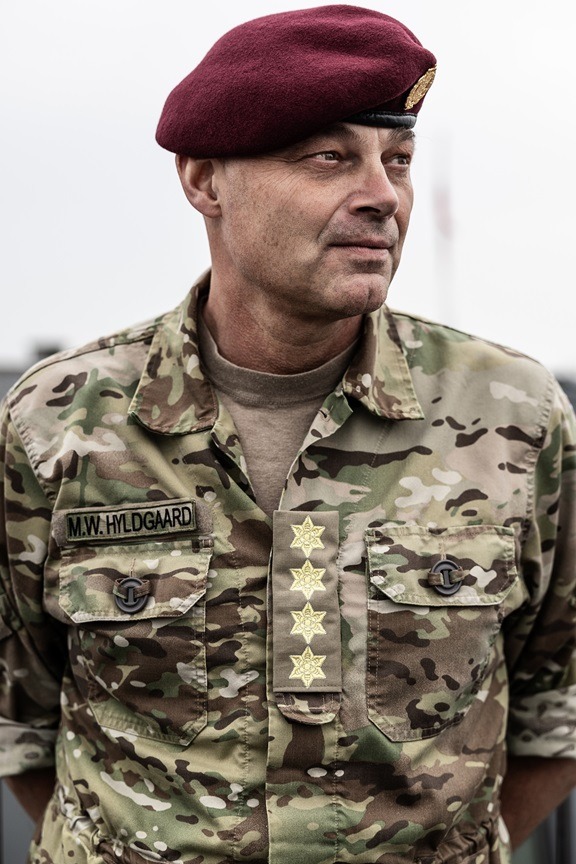
Michael W. Hyldgaard
General
Military Chairman of InterForce
The InterForce committee is the decision-making body of InterForce. If we were a private company, it would be called a board.
The chairmanship of the committee is divided between a civilian chairman and the Chief of Defense. Have a look above under the point CHAIRMANSHIP.
The other members of the committee consist of civilian business leaders, civilian authority representatives, union representatives, the chiefs of The Army, The Navy and The National Guard, representatives for the volunteers, the chairman of the main organization for Personnel of the Reserve in Denmark, representatives for the relevant military authorities, chairmen and military coordinators for the InterForce regions as well as the Chief of the InterForce secretariat.
The committee has put down a central business council. The committee is meeting once a year, normally in the year’s third quarter.
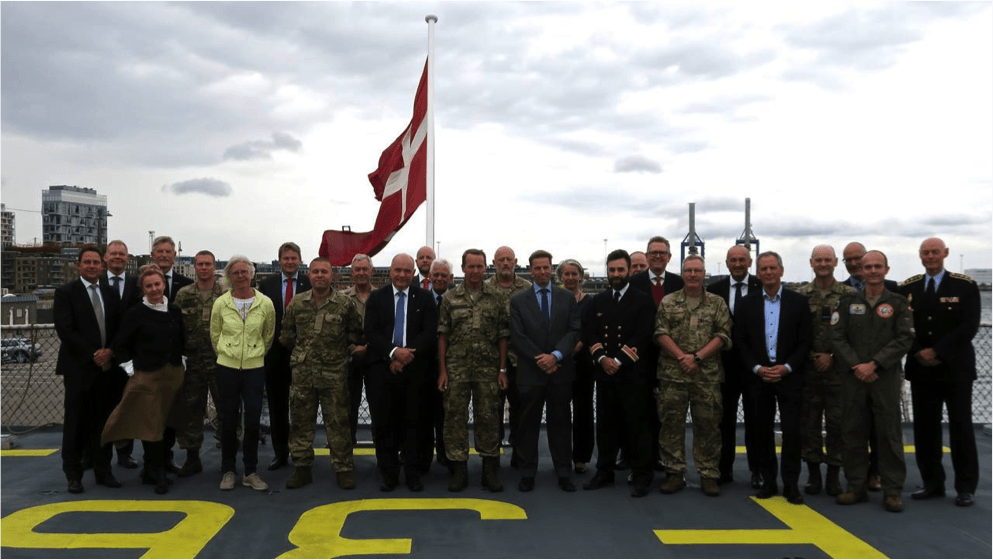
The InterForce central central working board, normally known as FU, is the coordinating body between the yearly committee meetings. They normally arrange three yearly meetings, one in the first, one in the second and one in the fourth quarter of the year. The business council checks up on regional activities and discusses other cross cutting topics in relation to InterForce.
The central working board consists of the chairmanships from the six regions and InterForce Greenland (meaning the regional chairmen and the military coordinators), the chief of InterForce’s secretariat, Finn Winkler, and the civilian chairman of the InterForce committee.
InterForce is divided into six regions plus InterForce Greenland.
In each region and in InterForce Greenland, a local civilian business leader is appointed as the chairman. Furthermore, each region has a military coordinator from a military duty station in the area.
The chairman is the head of a regional business council, consisting of business leaders and military leaders whose task is to spread the word about InterForce.
Every region has a regional ambassador who is typically an officer of The Reserve. He or she is the head of a network of InterForce ambassadors who goes to visit companies to talk about InterForce. InterForce Greenland doesn’t currently have a corps of ambassadors.
If a company signs up to be a member of InterForce, it’s also the InterForce ambassadors who visit the company to hand over an InterForce shield as a thanks for the support.
InterForce executive office takes care of the daily operation and administration of InterForce.
The InterForce Executive Office (IFS) consists of:
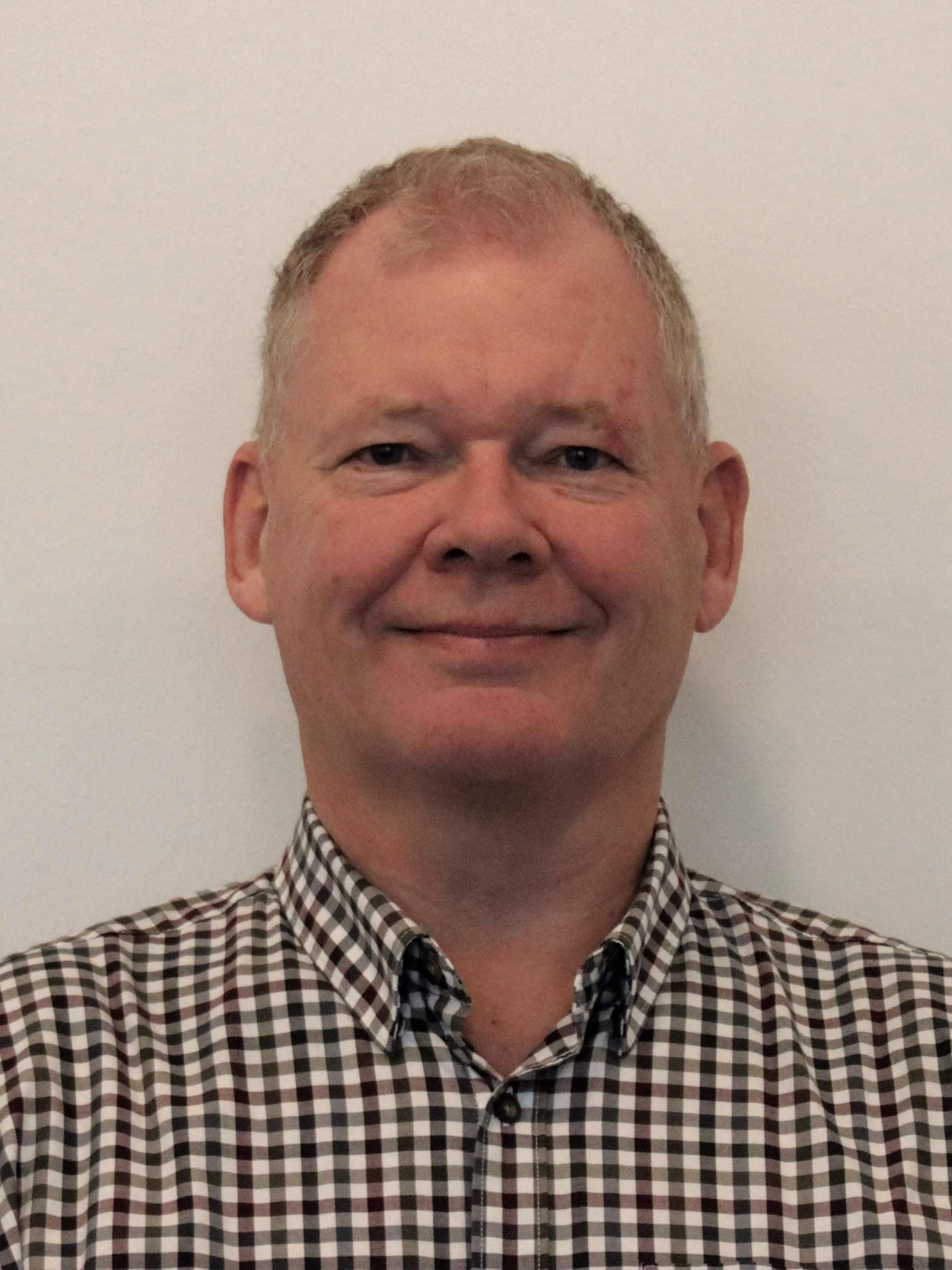
Finn Winkler, Major General (ret.)
Chef for InterForces-Sekretariatet
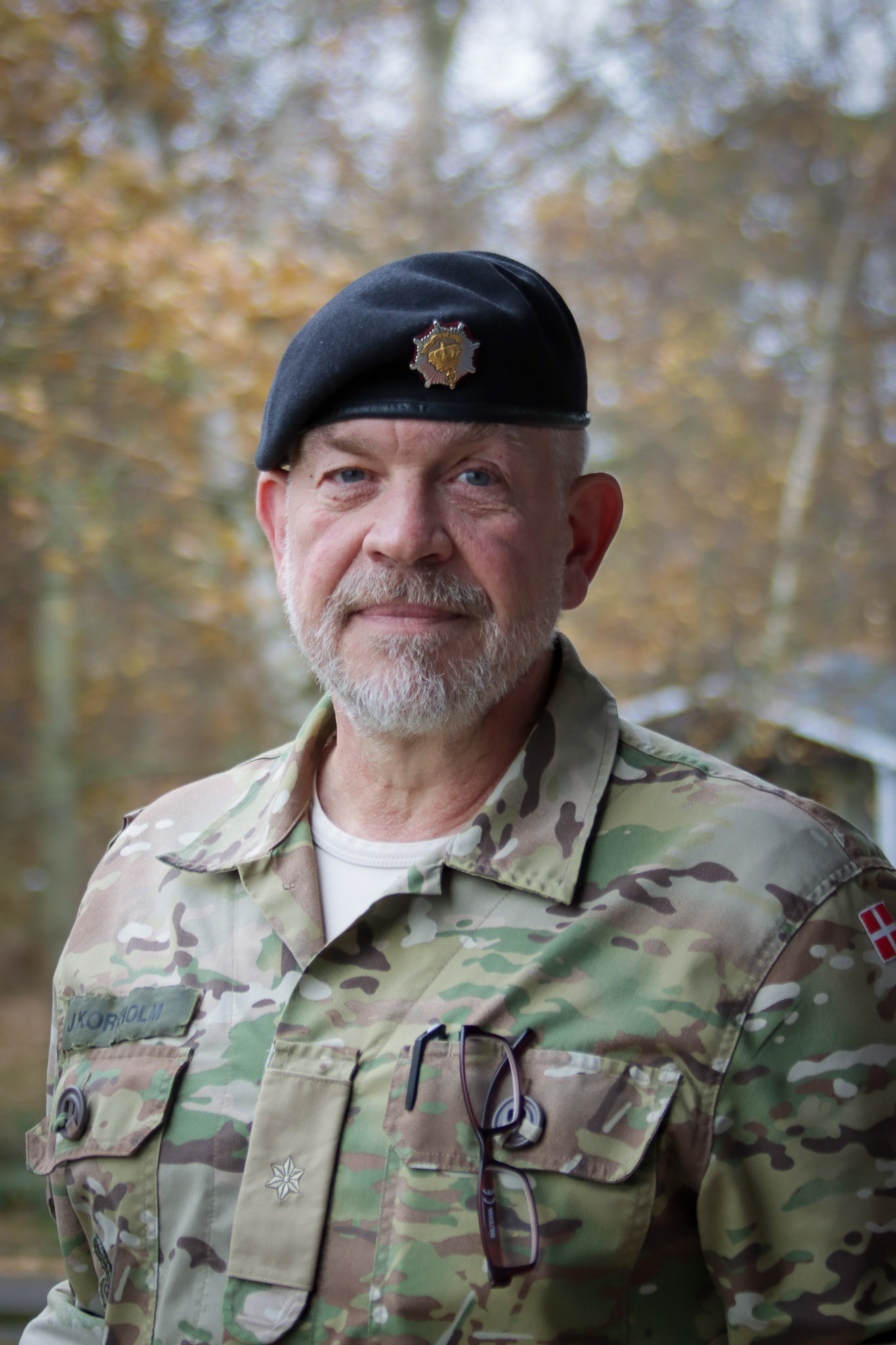
Johnnie Korsholm, major
Stabschef for InterForce-Sekretariat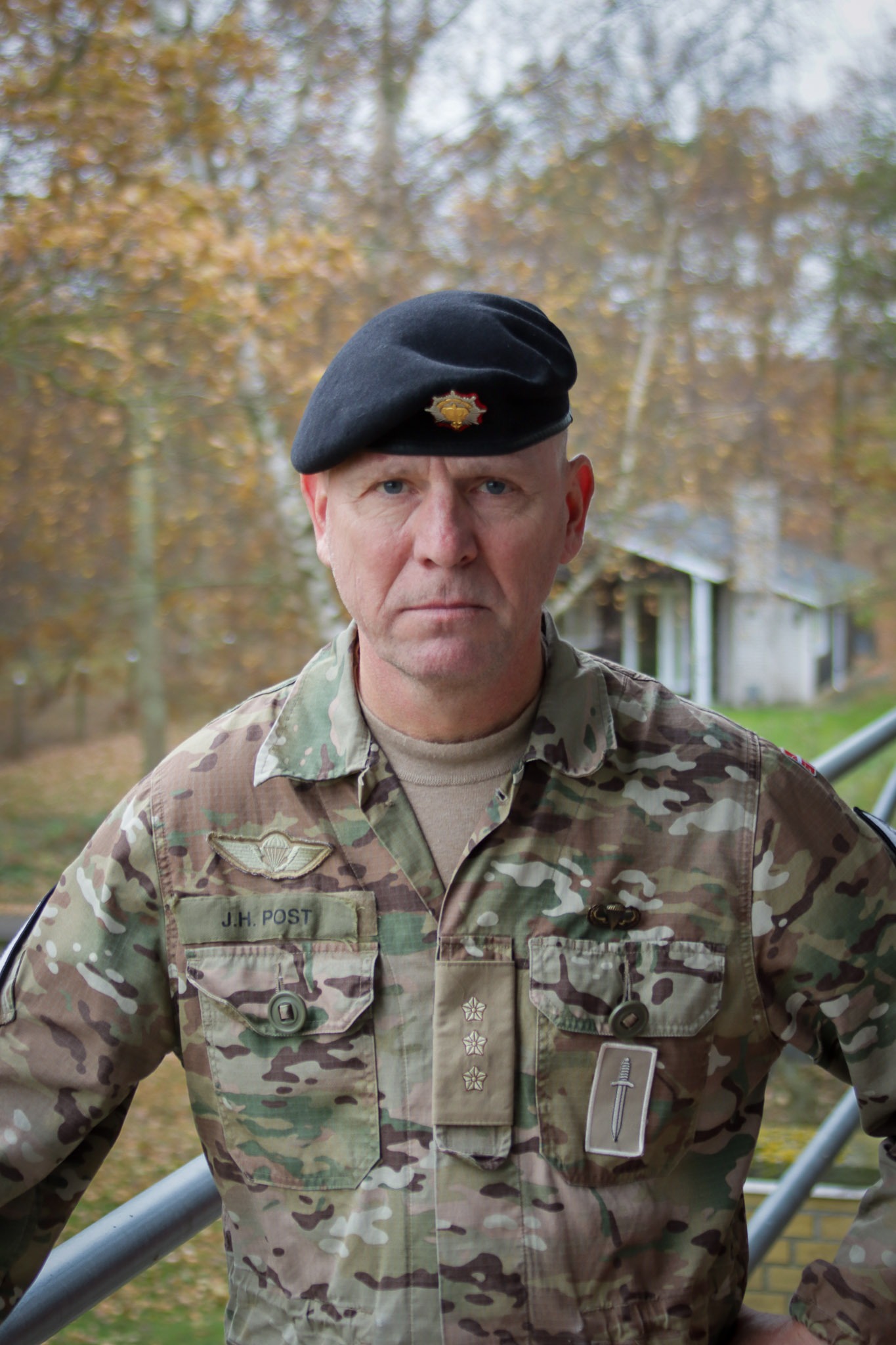
Jens Post, captain
Employer Support, Case Manager
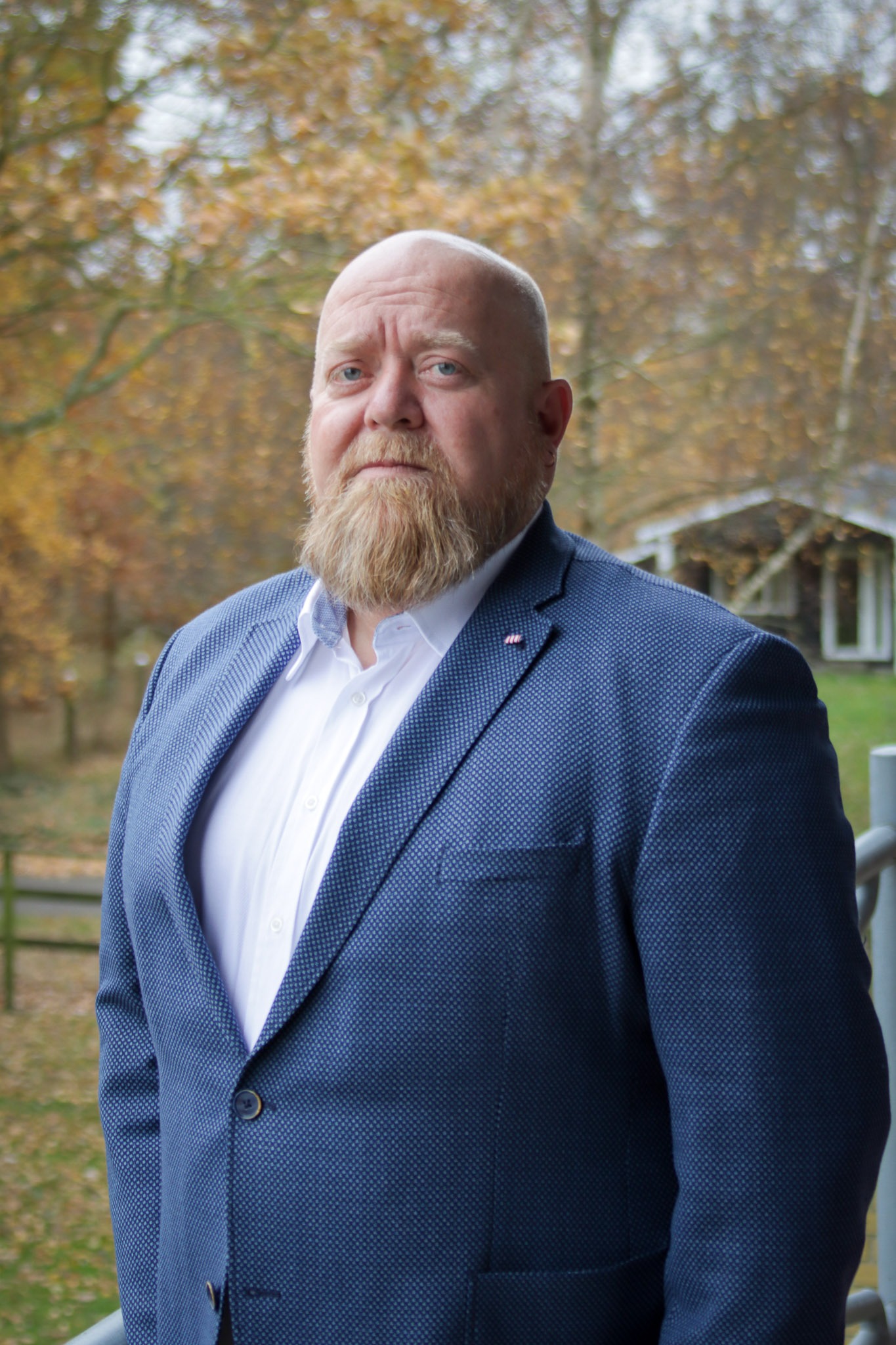
Kim Callaghan Olsen, Head of Section
Seniorkoordinator i InterForce-Sekretariatet

Nicholas Just Villadsen, corporal
The InterForce Executive Office

Jens Stener, major (R)
The InterForce Executive Office
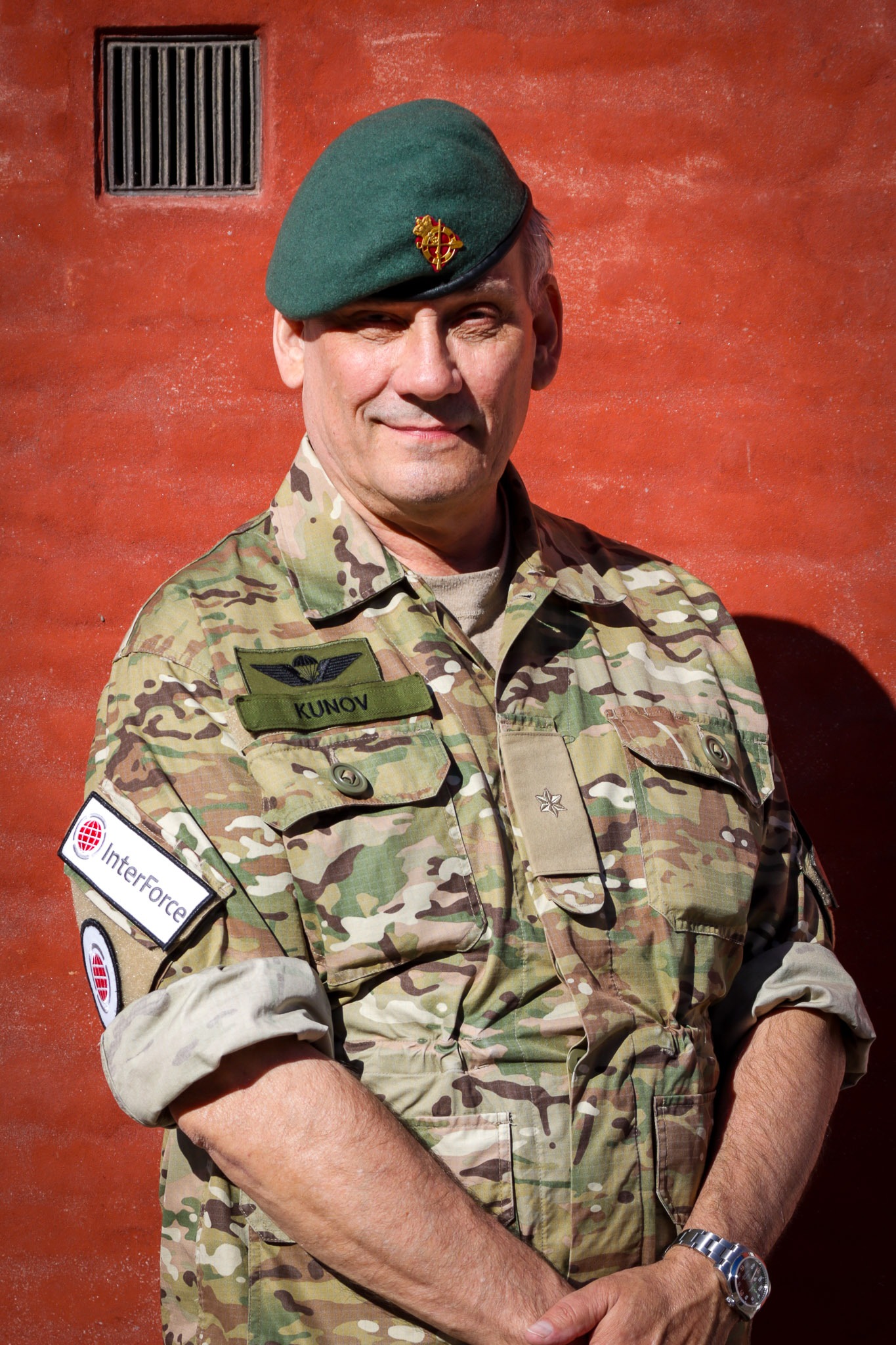
Lars Kunov. major
The InterForce Executive Office
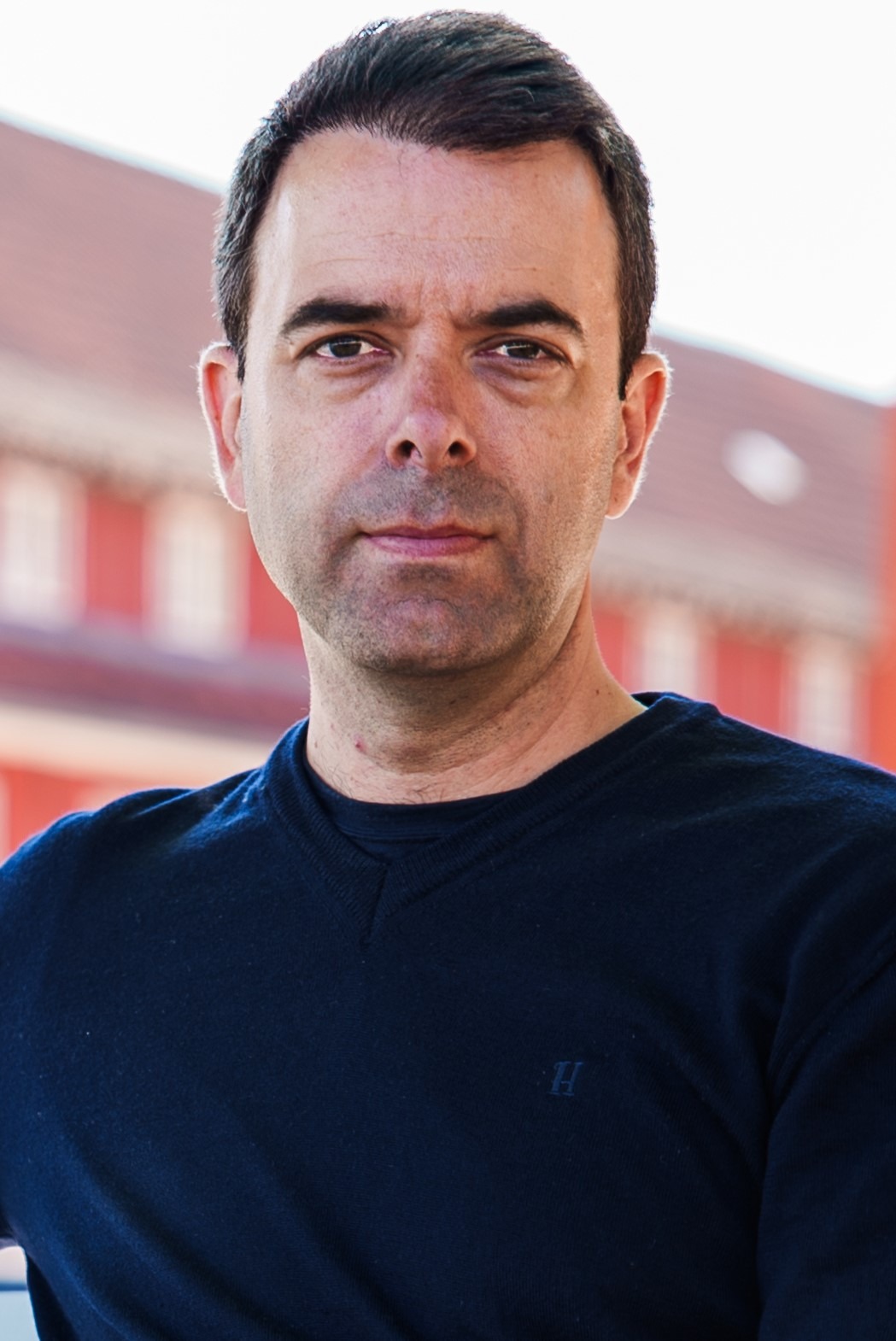
Simon Staffeldt Schou, Senior Advisor
Communications Manager for InterForce
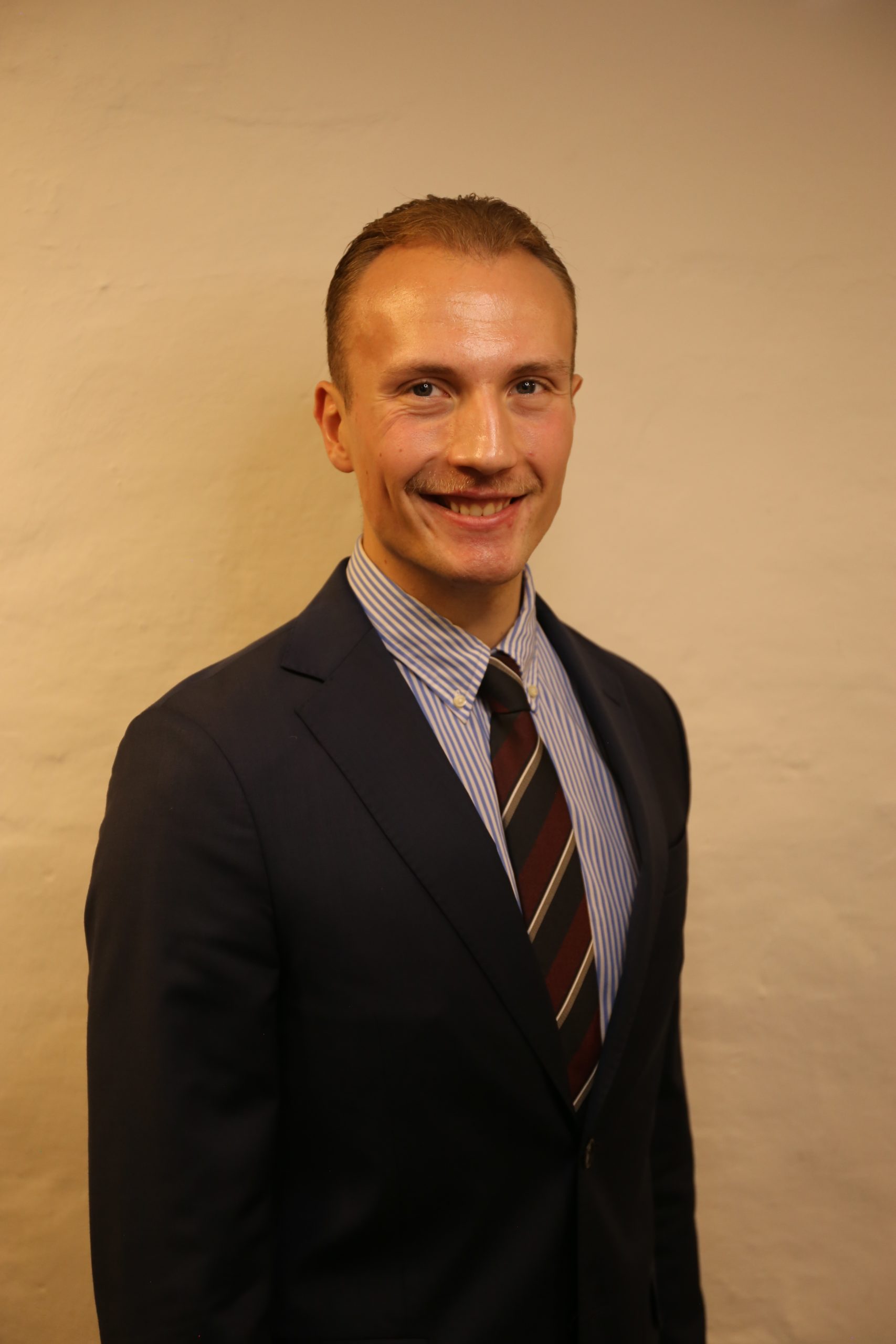
Kaj Oldenburg, studentermedhjælper
Communications for InterForce

Natacha Elmgreen, kontorfuldmægtig
The InterForce Executive Office
Contact
The InterForce Executive Office
Generalstok
Kastellet 82
DK-2100 Copenhagen Ø
E-mail: interforce@interforce.dk